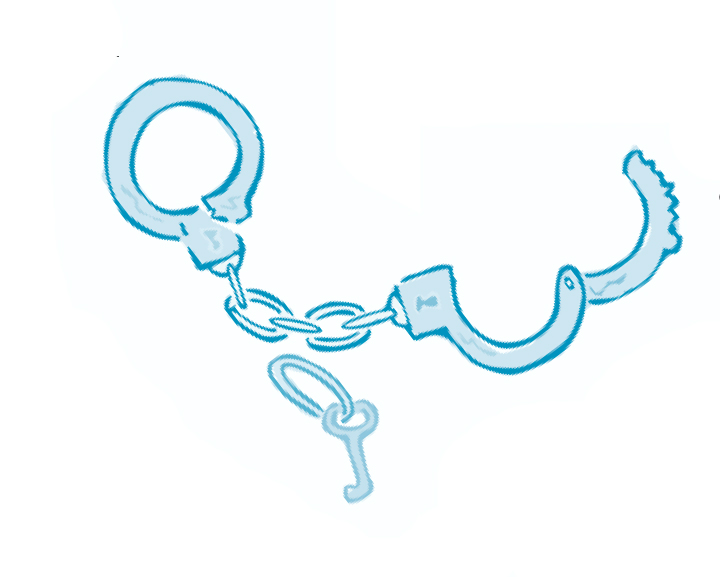In today’s era of low unemployment and go-go economy, it’s becoming increasingly difficult for companies to recruit and retain talented employees. Organizations know that fast-changing markets require constant nurturing of work-force quality, and many executives have become adept at outside hiring as a way to refresh their firms’ talent pools.
Poaching, in particular—hunting for attractive candidates outside the organization and then doing whatever it takes to lure them away from their current employers—has reached new heights of sophistication and fervor. Firms offer ever-bigger signing bonuses and other temptations to snag the best workers, all the while knowing that competitors are also sniffing around in hopes of grabbing promising candidates. At the same time, companies are stepping up their use of “golden handcuffs.” These varied forms of deferred compensation, including unvested stock options, are designed to buy employees’ loyalty and longevity.
Yet despite these Herculean efforts, work-force turnover rates— especially among top-level employees—continue to set shocking new records. One St. Louis headhunter, John Sibbald, tracked the careers of 150 executives—and found that 80 percent of them had changed employers within a two-year period.
The Perils of Poaching
What gives? In the case of aggressive poaching, it’s hard to see how any individual company can avoid getting caught up in the contest. With the current low unemployment rate, desirable job seekers merely have to turn up their noses at less-than-outstanding job offers to get potential employers scurrying to sweeten compensation packages, offer signing bonuses, and so on. Companies have the money, and they’re willing to one-up each other if necessary to snatch the best employees. Indeed, organizations everywhere seem determined to think of each other as desperate competitors for a limited supply of good workers.
The result is that poaching efforts—along with ever more dazzling “golden-handcuff deals—are having the opposite effect from what proponents of these two strategies intend. Specifically, employees are becoming less loyal—not more.

“Golden-Handcuff” Gaffes
In the case of golden-handcuffs programs, deferred compensation not only seems ineffective, but it can also backfire in alarming ways. For one thing, if the handcuffs come in the form of unvested stock options—and the company’s stock price declines— disgruntled employees won’t even need to be wooed by other firms. They’ll be out the door on their own, confident of finding a new job quickly. IBM experienced this problem first-hand in the early 1990s.
Even when stock prices boom, danger lurks. One study of the semiconductor industry found that when employees received large profit-sharing bonuses or when the company’s stock price jumped, engineers often cashed in their profits and left to start their own businesses. Labor economists have detected a related phenomenon: Employees who get big windfalls tend to work less, retire early, or shift to easier jobs with fewer hours.
Clearly, the poaching and golden-handcuff strategies are not having the intended effect. To stay competitive in an increasingly challenging economy, companies are going to have to drastically rethink their human-resource strategies and come up with new solutions to the tricky problem of retaining key employees.
Source: Peter Cappelli, “A Market-Driven Approach to Retaining Talent,” Harvard Business Review, January-February 2000.
—Lauren Keller Johnson
YOUR WORKOUT CHALLENGE
Receive a Free Audiotape!
Please send your responses by December 2. Those whose responses are published will receive an organizational learning audiotape from a previous Pegasus conference —free!
